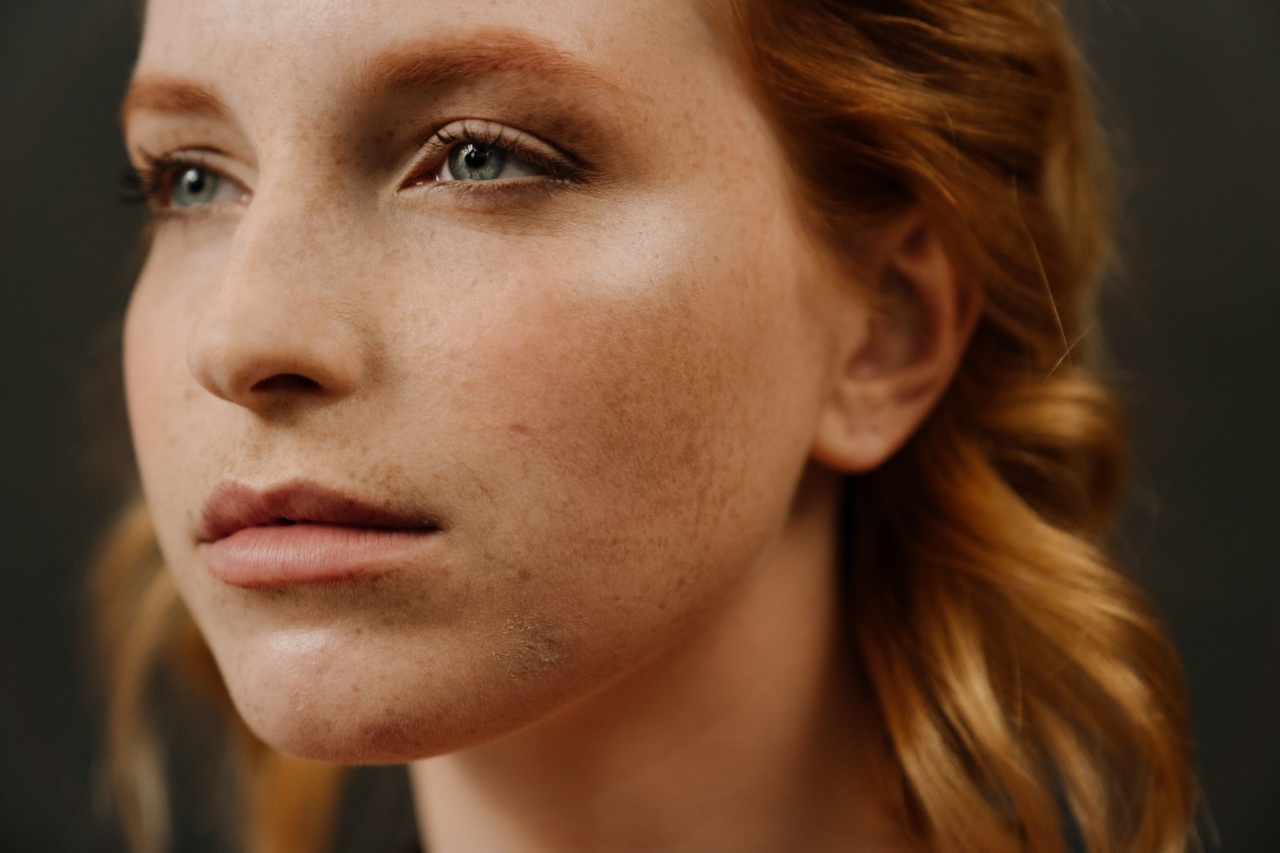Freckles are flat circular spots on the skin that are often light brown or tan in color. They are commonly seen on the face, arms, and back of the neck. These pigmented spots are harmless, but they can indicate certain underlying medical conditions.
Here’s what you need to know about facial freckles and your health.
What are freckles?
Freckles are clusters of skin cells that contain the pigment melanin, which is responsible for the color of your skin, hair, and eyes. Melanin protects your skin from harmful UV rays by absorbing them before they can damage your DNA.
People with lighter skin have less melanin, which is why they are more susceptible to sunburn and skin cancer. Melanin is also responsible for freckles and other skin discolorations.
What causes facial freckles?
The most common cause of facial freckles is exposure to the sun’s UV rays. When your skin is exposed to UV radiation, your skin cells produce more melanin to protect themselves. This excess melanin can cause freckles to appear on your skin.
Freckles can also be inherited. If your parents or other relatives have freckles, you are more likely to have them too.
Are facial freckles a sign of skin cancer?
Freckles are not a sign of skin cancer, but they can increase your risk of developing it. The same UV radiation that causes freckles can also damage your DNA, leading to mutations that can cause skin cancer.
If you have a lot of freckles or moles, or if you notice any changes in the size, color, or texture of your freckles, it’s important to see a dermatologist to rule out skin cancer.
Can facial freckles indicate an underlying medical condition?
Facial freckles are usually harmless, but in some cases, they can indicate an underlying medical condition.
For example, if you have freckles on your lips or around your eyes, it could be a sign of a genetic disorder called Peutz-Jeghers syndrome, which can cause tumors in the digestive tract.
What are some other signs to look for?
In addition to freckles, other changes in your skin can indicate an underlying medical condition. Here are some other signs to look for:.
1. Dark patches on your skin
If you have dark patches on your skin that are larger than freckles and don’t go away, it could be a sign of melasma. This is a common condition that can occur during pregnancy or as a result of hormonal changes.
2. Red or purple spots on your skin
If you have red or purple spots on your skin that are painful or itchy, it could be a sign of a skin infection or allergy.
3. Yellowing of your skin or eyes
If your skin or eyes have a yellow tint, it could be a sign of liver disease or jaundice.
4. Rash or blisters
If you have a rash or blisters on your skin, it could be a sign of an allergic reaction or infection.
5. Changes in your nails
If you notice changes in the color, texture, or shape of your nails, it could be a sign of an underlying medical condition, such as a fungal infection or psoriasis.
6. Hair loss
If you are losing hair on your scalp or other areas of your body, it could be a sign of an underlying medical condition, such as thyroid disease or alopecia.
When should I see a doctor?
If you notice any changes in your skin or nails, it’s important to see a doctor. Your doctor can help determine the underlying cause of your symptoms and recommend the appropriate treatment.
If you have a lot of freckles or moles, or if you notice any changes in the size, color, or texture of your freckles, it’s important to see a dermatologist to rule out skin cancer.
How can I protect my skin from UV radiation?
The best way to protect your skin from UV radiation is to avoid prolonged exposure to the sun, especially during peak hours from 10am to 4pm.
Wear protective clothing, such as long-sleeved shirts, pants, and hats, and use sunscreen with an SPF of at least 30. Reapply sunscreen every two hours, and after swimming or sweating. Avoid tanning beds, which can also increase your risk of skin cancer.
Conclusion
Facial freckles are usually harmless, but they can indicate an underlying medical condition or increase your risk of developing skin cancer.
If you have a lot of freckles or moles, or if you notice any changes in the size, color, or texture of your freckles, it’s important to see a dermatologist to rule out skin cancer. Protecting your skin from UV radiation is the best way to prevent freckles and other skin discolorations.
























